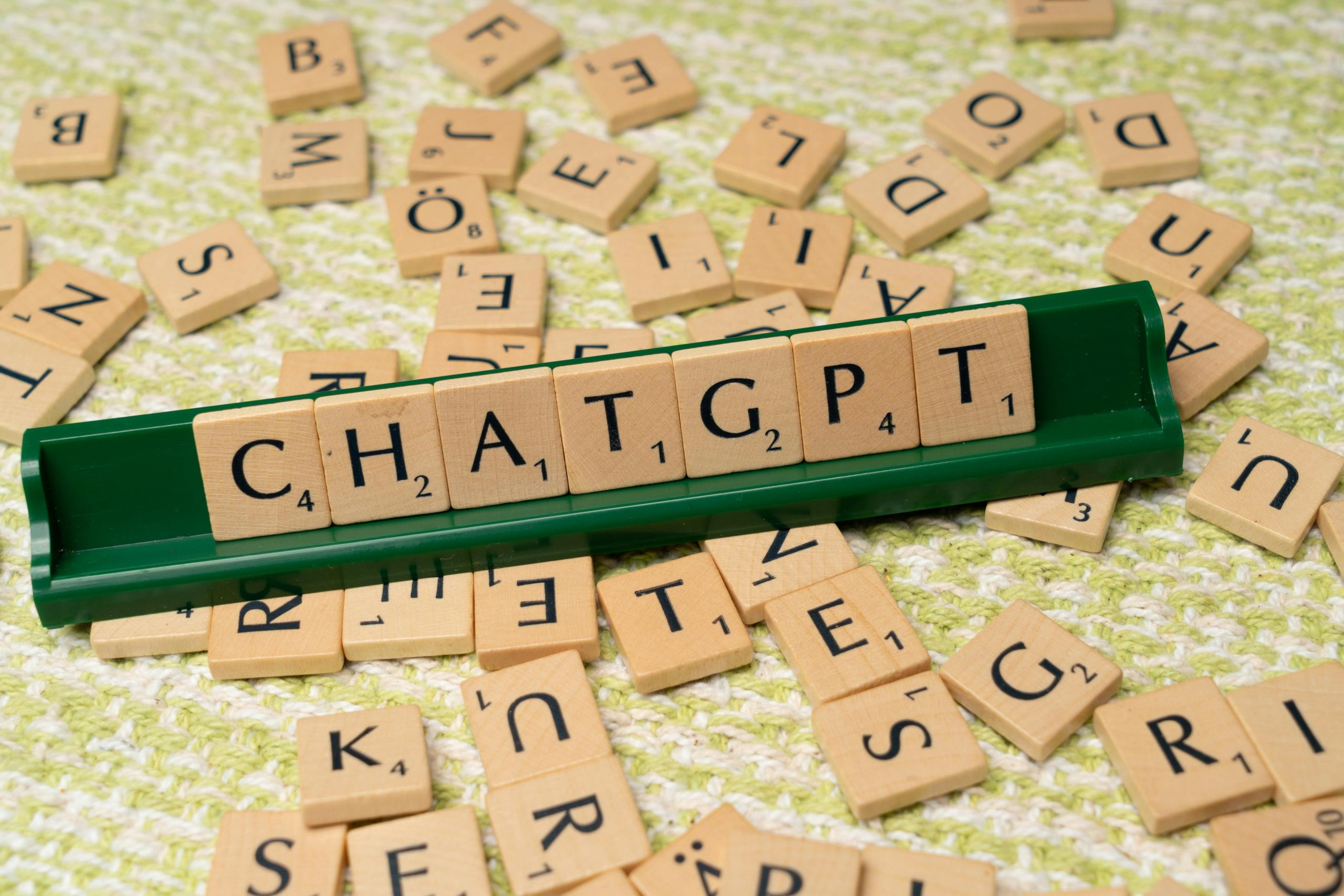What words scream ChatGPT in languages other than English?
Identifying ChatGPT-Generated Content in Non-English Languages: Key Phrases and Indicators
As artificial intelligence continues to evolve and integrate into daily communication, ChatGPT has become a prominent tool for generating content across a multitude of languages. While many users appreciate its versatility, language enthusiasts and professionals alike are beginning to notice certain repetitive patterns and expressions that may hint at AI-generated text. Understanding these cues in various languages can help distinguish human writing from machine output, especially as AI continues to improve.
The Challenge of Recognizing AI-Generated Text in Multilingual Contexts
ChatGPT’s training involves vast amounts of multilingual data, which sometimes results in the repetition of certain phrases or stylistic tendencies, regardless of language. Although some patterns are universal, others are language-specific or culturally nuanced. This presents a unique challenge: what might be a telltale sign in English may not translate directly into other languages, and vice versa.
Common AI-Generated Phrases Across Languages
In English, ChatGPT is often noted for overusing particular expressions or filler phrases such as:
- “For example,”
- “As mentioned earlier,”
- “In conclusion,”
- “Blah blah,” or repetitions of certain idioms.
When these patterns appear in other languages, they can serve as clues to AI origin—especially if the phrasing is overly formal or lacks natural idiomatic flow.
Language-Specific Indicators of AI Content
Different languages have their own set of conventions, idioms, and stylistic nuances. Here are some potential indicators across various languages:
- Spanish: Repeated use of formal constructs like “Por ejemplo,” or unnatural translations of idioms like “De hecho” used excessively.
- French: Overuse of phrases such as “En fait,” or frequent reliance on the expression “Il faut noter que…” that may sound overly stereotypical.
- Chinese: Repetition of formal greeting structures or overuse of certain idiomatic expressions that are common in AI-generated content.
- German: Excessive use of formalities like “Zum Beispiel,” or standard phrases such as “Es ist wichtig zu beachten…” without variation.
- Japanese: Overuse of respectful language patterns or repetitive use of certain set phrases like “例えば,” or “つまり.”
Are Non-English Patterns Similar to English Indicators?
Preliminary observations suggest that AI’s tendency to overuse














Post Comment